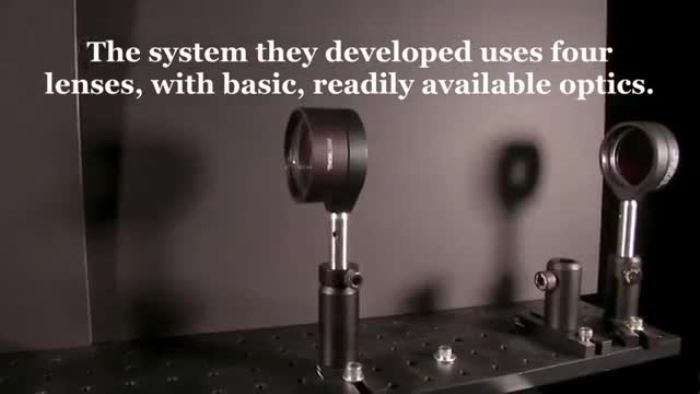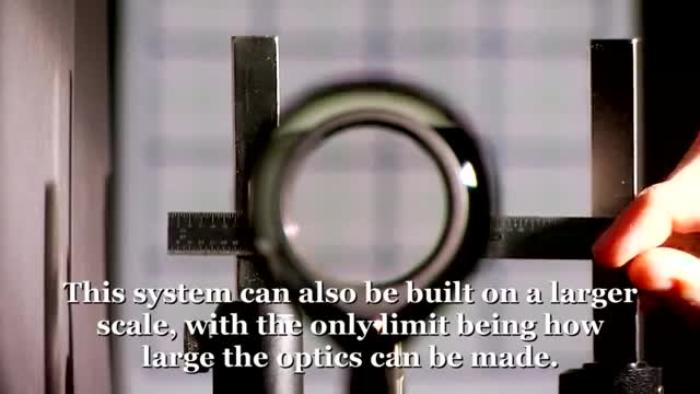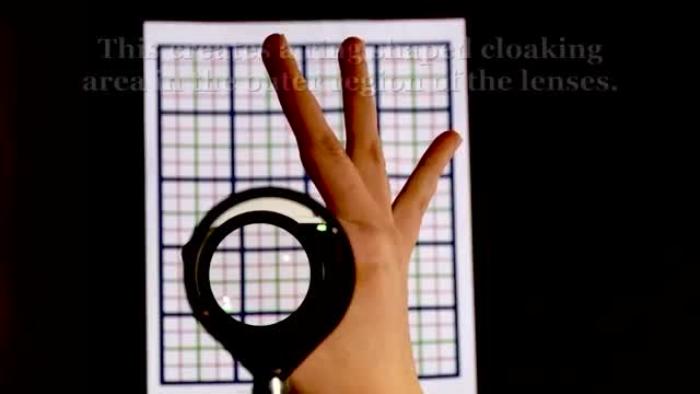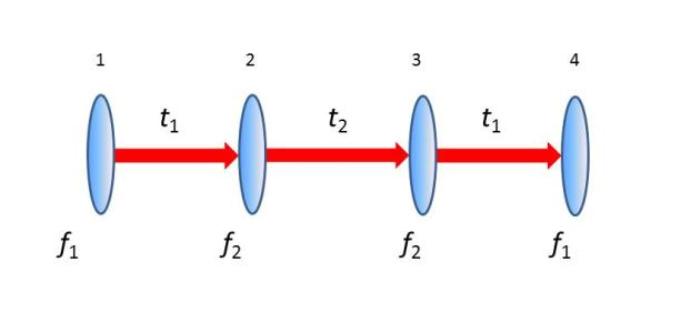An Invisibility Cloak Made of Inexpensive and Readily Available Material
University of Rochester researchers have recently published instructions on how to create a DIY cloaking device. Yes, it’s an invisibility-enabling device that can hide away three-dimensional objects. Who says you can only get it as a present from Dumbledore or that you can only make it out of the hair of Demiguise? Researchers have found an ingenious and inexpensive way to come up with a cloaking device using lenses.
The Cloak that Is Not a Cloak
This is not like Harry Potter’s invisibility cloth cloak, though. One of most notable features of this cloaking technology is its “non-cloak” appearance. It is very different from the mystical Harry Potter fabric that can be used to cover an object to make it invisible. It is a device or a setup that looks like an apparatus used by optometrists. Unlike the nanomaterial invisibility cloak created by University of Central Florida researchers using nanotransfer printing, this new cloaking technology involves the use of glass or lenses. According to graduate student Joseph Choi, one of the researchers involved in the project, this “invisibility cloak” is the first of its kind capable of providing three-dimensional and continuously multidirectional cloaking.
The Rochester Cloak
Dubbed as the Rochester Cloak, this new invisibility technology was demonstrated to have cloaked a hand, face, and a ruler. It is a “perfect paraxial” cloak that makes use of four lenses. Since the device here does not behave in the same way as Harry Potter’s cloak does, it is only able to conceal objects behind it. It does not blanket an object to provide the illusion of invisibility from all sides. The demonstration, so far, only showed the ability to hide parts of the objects mentioned. It is possible to scale the setup up but it would mean using bigger optics and apparatuses.
Applications
So what are the expected uses of this new cloaking technology from University of Rochester? Joseph Choi says that this cloaking technology “could be used to cloak a trailer on the back of a semi-truck so the driver can see directly behind him.” Also, “it can be used for surgery, in the military, in interior design, and art.” Naturally, this tech will be very beneficial for the military. Just imagine what kind of advantages this technology can bring to fighter and spy aircraft. There are many practical uses for this technology although no actual applications have been tried by the researchers yet.
How to Create the Rochester Cloak at Home
As mentioned, this cloaking technology can be created as a DIY project. The research team behind was generous enough to prepare instructions on how to create a Rochester Cloak on your own. Choi and his peers spent around $1,000 produce their demo invisibility cloak setup but for the tutorial they prepared, the cost is unlikely to be more than $100.
Materials Needed:
- 2 sets of 2 lenses (total of 4 lenses) with different focal lengths (2 f1 and 2 f2 lenses)
Notes on the Materials:
- Achromatic lenses are recommended for the best clarity.
- It would be great to have a shorter overall length of the setup to reduce edge effects and raise the range of angles.
Instructions:
- Separate or set apart the first pair of lenses by the sum of their focal lengths (so the distance between the first pair of f1 and f2 lenses should be equal to the value of f1+f2 or t1).
- Separate the second set of lenses in the same manner indicated earlier (the distance between the second f1 and f2 will be indicated as t2).
- Separate the two pairs of separated lenses following this formula: t2 = 2 f2 (f1+f2)/(f1-f2), wherein the two f2 lenses are t2 apart, as illustrated below:
As the illustration shows, this cloaking device is remotely as convenient to use as Harry Potter’s fabric-style invisibility cloak. It can only conceal objects as viewed from one side. It might be possible to connect multiple setups together to create a wider cloaking coverage but such would be a very tedious and impractical task. On the other hand, using bigger lenses is an option to increase the span of cloaking but manufacturing gigantic lenses does not really sound cheap and very useful. Hopefully, researchers will be able to come up with an ideal setup that could translate this technology into something more beneficial.





